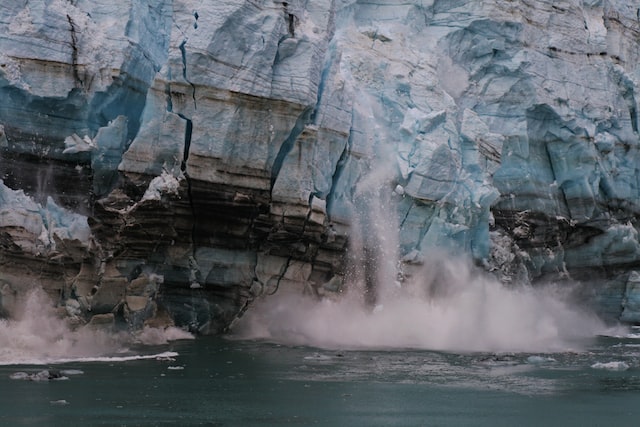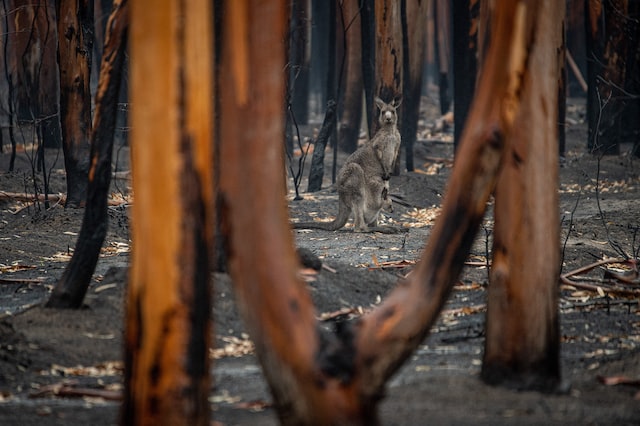
The world is changing, that much is clear. Temperatures are rising, sea levels are creeping higher, and extreme weather events are becoming more frequent. The cause of these changes is a complex web of factors, but the scientific consensus is clear: the primary driver of contemporary climate change is human activity. This notion is not new, scientists have been observing the impacts of human activity on the environment for decades. What is new is the urgency of the situation, and the sheer scale of the problem.
The root cause of climate change is the release of greenhouse gases (primarily carbon dioxide) into the atmosphere. This happens when we burn fossil fuels (such as coal, oil, and gas) for energy, when we clear forests for agriculture or development, and when we engage in other industrial and agricultural activities. These gases trap heat in the atmosphere, causing temperatures to rise, and driving a range of other impacts.
Perhaps the most visible impact of climate change is the melting of glaciers and ice sheets. As temperatures rise, ice melts faster than it can be replaced. This leads to rising sea levels, which threaten to inundate coastal cities and communities around the world. Meanwhile, as ice disappears, so do the habitats of countless animals, triggering a wave of biodiversity loss.
And if we don’t do anything about climate change, you can kiss going on a Caribbean island adventure or a scuba diving trip to see coral reefs goodbye, because rising sea levels will consume these destinations, and changing tides and increasing pollution will kill coral.
But the impacts of climate change go beyond the disappearance of ice. Rising temperatures and changing weather patterns are causing droughts, floods, and other extreme weather events to become more frequent and more severe.

This can have a devastating impact on communities, particularly those in already vulnerable regions.
So what’s the solution? There is no silver bullet, but the good news is that we already have the technology and know-how to address the issue. Solutions include transitioning to renewable energy sources such as wind and solar power, reducing energy demand through efficiency measures, and improving agriculture and forestry practices to reduce emissions. But ultimately, the key to success will be collective action. Governments, businesses, and individuals must all work together to create a more sustainable future. It’s time to act, before it’s too late.


